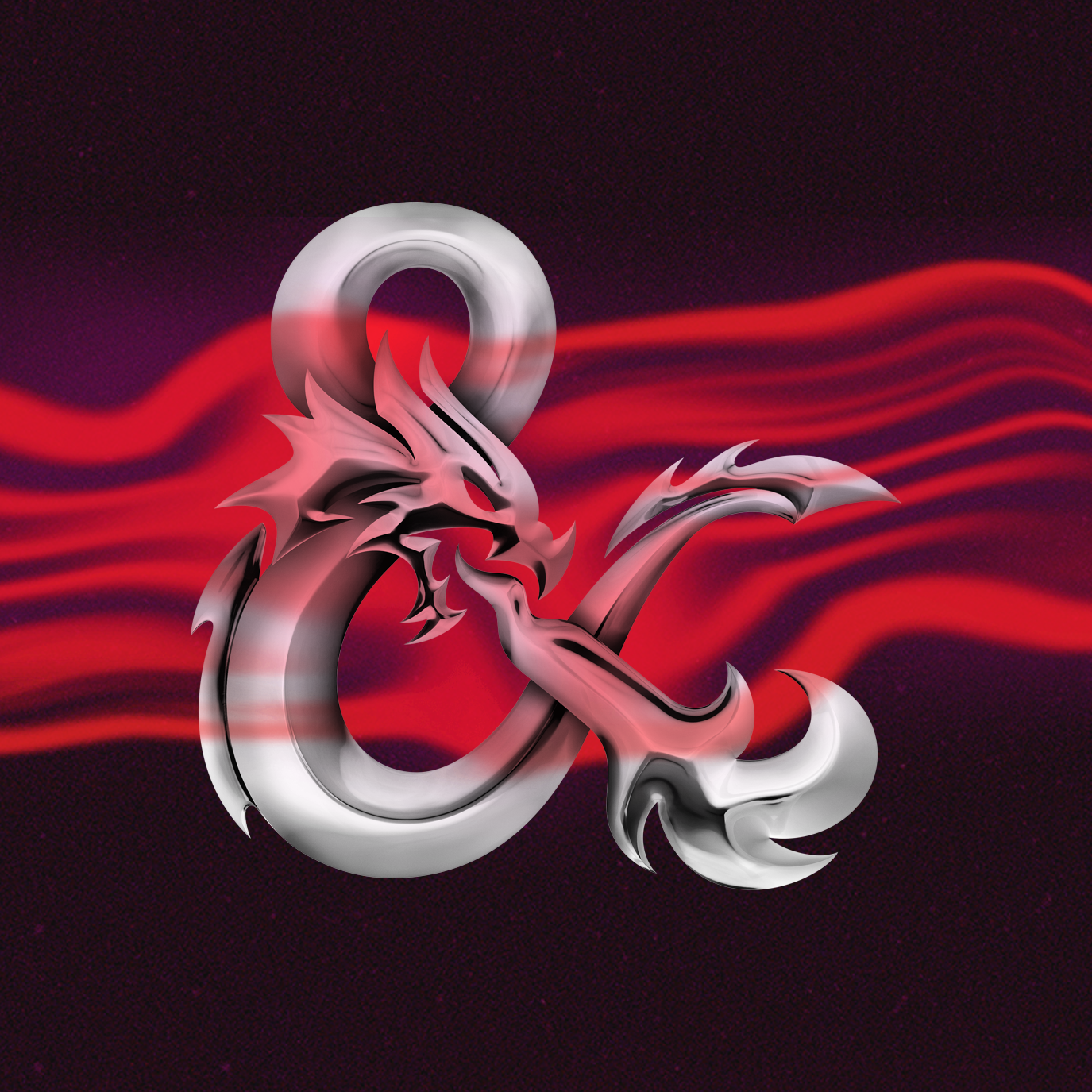As always, I’ve crossposted this over to the OneD&D subreddit in the link below. Feel free to upvote there to raise visibility.
https://www.reddit.com/r/onednd/comments/14ufvvq/is_the_dance_bard_all_that_good/
As part of preparing player characters on behalf of my less UA invested friends for a one-shot I’m running tomorrow, I made a Dance Bard. The player was excited to hear the concept, and I thought it was a really neat idea when I first read over it.
But the act of actually making it lead to a conclusion that this isn’t that great.
Yes, Charisma + Dex armor is neat, but since Shield + Light Armor would get you to the same level of AC, it isn’t an upgrade over the baseline Bard starting out. (For some reason I thought Bards got shield proficiency. This is still sub-par AC for anyone going into melee, especially without an on-turn disengage or shove) Later on when you can max out your Dex and Charisma to 20, it would be eventually higher AC, but full casters typically don’t want to put a lot of investment outside of their casting stat.
“Okay,” I thought to myself, “then let’s look at this as not a caster, but as a melee combatant who prioritizes Dexterity.” Well that’s not great either. You get to use your bonus action to cast a spell to help your attack damage, but that is limited to the 1d6/level Smite spells1, or Zephyr Strike. Shadow Blade isn’t on any spell list now either, and if it was it doesn’t bookend with any of these features anyhow so you can’t play it like a Bladesinger who is able to dump spell slots into single-target damage. But even if you did do this, that’s in direct competition to your free attack on a Bardic Inspiration.
The fact that this subclass doesn’t get a second attack at 5th or 6th level really torpedoes any sense that you’ll be getting that much out of their ‘bardic-martial-art’ die damage. Not even to mention they don’t get to pierce Bludgeoning/Piercing/Slashing resistance.
So what’s left?
A bard who can get an extra hit in if they’re next to an enemy when they inspire an ally, as well as use their reaction to reposition allies and get another hit in.2 This is the only reason to close to melee range on your own turn. The bard as a fullcaster would be better off using spellslots that don’t require being in melee range with their action, most of the time. What that effectively means is that you can use your attack action in lieu of a cantrip, so you get essentially 1 extra cantrip. In tier 2, they can boost their party’s initiative by an impressive amount.
That kit is flavorful, but it will be playing very much like a very normal Bard with some neat features. This feels like a faint shadow of what a Monk can do, not a replacement. Almost every Monk subclass has some way to avoid getting hit while darting in and out of combat3, while also having high movement speed. This Bard doesn’t do any of that.
Of anything that I mentioned, the repositioning of the ally and the initiative boosts are the best thing about this subclass. Everything else are ribbon abilities. If you think I’m off base, please feel free to let me know how. I’ll also be posting a followup after my playtest, but having just playtested a neat session with two monks, conceptually this doesn’t feel all that exciting.
edit: I just realized that taking Tavern Brawler at 1st level fixes this subclass’s (and Way of Mercy’s) problem with engaging in melee, and is actually quite powerful. Each time you hit someone with your unarmed strike, you can push them away. I think that it could be a mandatory feat on anyone who wants to really lean into the dance-fighting vibe of this class.
1 Altho Searing smite might be OP since you get two instances of the damage before the target gets to save and negate the burn. Which means its the best scaling Smite in the game, and exceeds what a Paladin with half-caster progression can achieve if the target fails its save once.
2 And note that Bardic Inspiration is tied to your Charisma modifier. So as resource hungry as the Monk is, this is worse.
3 Way of Mercy is the odd one out.


And casters typically don’t have a lot to spend their stats on outside of their casting stat. Making their armor lean into them being more MAD is a good thing, since bards usually have the ASI’s to spare. Starting with AC 16, spiking to 18 by level 8 is still decent with a 16/16/14 Dex/Cha/Con spread, which is doable at level 1.
And so does the Dance Bard. Inspiring Movement does not trigger attacks of opportunity, so if an enemy ends next to one of your ally, you can move up to 15ft (halve movement) away from nearby opponents without getting attack. Your ally can then move up to 60ft (regardless of their own movement limitations) in response. It’s a bit clunky, but something that you can trigger relatively regularly.
Level 5 - Bard can spend their spell slots to use Bardic Inspiration once per turn. This means a bard can get up 2 back per round from Font. (burn a spell slot on your turn to use a bardic inspiration, then on another player or opponent’s turn, burn another to gain a new one once you have used your prior).
This doesn’t actually get YOU out of danger tho, it depends on another ally being in danger, and only after a creature was able to use its action. The ability clearly wants you to use it to swap with an ally who is in danger, and swat the offending creature. Most other monks gets to somewhat trivially prevent attacks of opportunity on their own turn, by shoving enemies away (Elements & Hand) and using their higher movement to get out of their movement range, or the ability to cover themselves with darkness to prevent enemies from being able to attack (Shadow). As a result, they can go in, attack, and move away to safety. Bards have to stand there to take it until an enemy triggers their Inspiring Movement, and they don’t have higher movement speed of a Monk.
That’s a good point! I didn’t clock that, mostly because I only built the Bard up to level 4 and I was looking over the subclass more than the main class. That would be a good exchange in the right situation. Cheers!
It does. Enemy moves next to ally, you can move away and your ally can move too. It’s clunky in that you can’t trigger it, and it requires the enemy to target your ally over you, but it works. (And I disagree it’s wanting you to swap with your ally - the movement limitation and the range on it make it very clear that is not the case. If it was meant for you to move up to 60ft, you’d not have your movement halved - it’s more meant to let your party rearrange and deny enemy attacks more than anything. The free parting shot is just that, a nice bonus rider)
Okay but compare that to 3/4 monks, who get to attack an enemy on their turn, and either push them far away at the end of their attacks or disengage for free, and then use their +15 feet of movement to position themselves further away, all before an enemy creature gets to have its turn. A well played elements monk can easily outage and kite enemies without ever putting themselves into attack range as well. A shadow monk can use darkness’s full obscurement to simply walk away, or teleport far away.
The dance Bard has to get into melee range, then wait for another creature to have its full turn to do all the offensive things it wants to do, before ending its turn next to an ally, then they can move away.
It’s not at all comparable. It’s a good support ability for an ally, not a reliable mobility and disengage tool for the bard.
That’s part of the clunkiness. If it acted like the scout rogue’s ability, and triggered as soon as an enemy ended their movement next to you (or an any ally), and not end of turn next to an ally, it would be a better ability. However, the claim was that Dancer has no means to get out of melee unattacked - this is not the case. Inspiring Movement lets them do that, it’s just bad at it.
Truly what it would need to do is trigger when a creature moves within 5 ft of you or an ally.
The creatures will still melee attack prior to your reaction as is. It isn’t avoidance of the initial attack, as monks can currently perform. It’s only able to let you and an ally potentially avoid an attack of opportunity on your own turns.